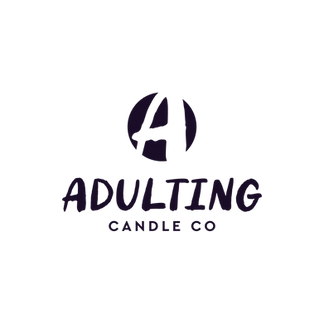How to get paid as a lettering artist.
- Mike Moreno

- Aug 19, 2022
- 3 min read

By Mike Moreno | August 14th, 2022
Becoming a paid lettering artist takes effort and patience. In recent years lettering has gained immense popularity around the globe with several businesses and brands craving that human-made typography. You can be paid for several projects such as chalkboard signs, murals, wedding gifts, logo design, marketing, posters, custom fonts, and limitless other physical objects like suitcases.
Lettering takes several forms— Hand lettering (sometimes known as faux calligraphy) is the act of illustrating letterforms in a word or phrase, Calligraphy refers to the creation of letterforms through the use of a calligraphic brush, and Typography is the system of arranging digital type within a design. All of these techniques have their place in your lettering arsenal. Max from Lettering Daily has a useful article on the different types of lettering.
If you want to make money with your lettering then you will need to develop and strengthen your skills. One way many lettering artists get started is through the use of lettering challenges— such as the Happy Lettering Challenge. This is actually how I started lettering at the beginning of 2017. Over the years I've developed my skills as a professional lettering artist through a series of challenges, personal projects, and client projects.
What education do you need?
No formal education is needed, however, training in graphic design can help with understanding typography and elements of design. Regardless of your design experience, you will be able to find valuable content that can help you begin your lettering journey. A good starting place is on YouTube or SkillShare.
Just start.
Sometimes you have no idea where to begin, but the key is just to start. Research videos and articles on becoming a lettering artist, and follow some leading lettering designers such as @stefankunz, @rylsee, and @kirillrichert. Pick up tools like Tombow Fudenosuke brush pens to get you started in learning calligraphy.
"The best way to learn is by doing." – Seanwes
Share your progress.
Don't hide your mistakes, document your progress, and share it on social. This is a great way to sneak in some extra motivation when you eventually look back at years of progress. Sharing your progress does several things, for one, it enables you to connect with other creatives on a regular basis to share experiences, two, build a community that finds value in your work and knowledge, and three, you become visible to potential clients.
@mikemodesigns
Build a community.
Invest in the people who show up to support your journey. Respond to their comments, leave comments on their posts, and direct message them to thank them for being part of your journey. Start a YouTube channel where you take their requests and turn them into video content. Attend conferences tailored toward your niche to connect with like-minded creators, and volunteer your services to help local businesses.
Well, how do I make money?
There are many ways to make money with your lettering through active and passive means.
Start a blog or online shop— Create a blog where you share tips, tricks, and your experience with lettering-related topics, whilst incorporating affiliated links to courses or tools that you find useful for the audience. Develop an online store to sell your products such as custom-lettered canvases, tools, or even a lettering course.
Teach what you know— Many people think they have to become the expert to teach people, but really you just need to be a few steps ahead. In fact, it's actually more valuable to learn from someone a few steps ahead of you because they understand what pain points you will be going through much clearer, whereas, the expert letterer may easily skip over tips and tricks that they forgot they had to learn when they started out. For example, they may have forgotten how they learned to hold a brush pen because it has become muscle memory. Teach what you know.
Sell your work at markets— Selling your work at markets is a great way to network with other creators, build your community, and make yourself visible to potential clients.
Write a book— This can be a good way to catalogue your knowledge of what you've learned in the lettering world in one place. It can be a book about your experiences, an inspirational workbook, or even a "learning the basics of lettering" style book.
Design a logo— Use your skills to design a hand-lettered logo or any graphic design-related project that uses lettering.
@mikemodesigns
Create something awesome today, even if it sucks.
Becoming a professional lettering artist is a fun, challenging, but rewarding dream job. There will be times that you will feel like an imposter like your work isn't good enough, keep going, because eventually, enough failures will compound into success. Create something today, even if it sucks.

Best,
Mike














Comments